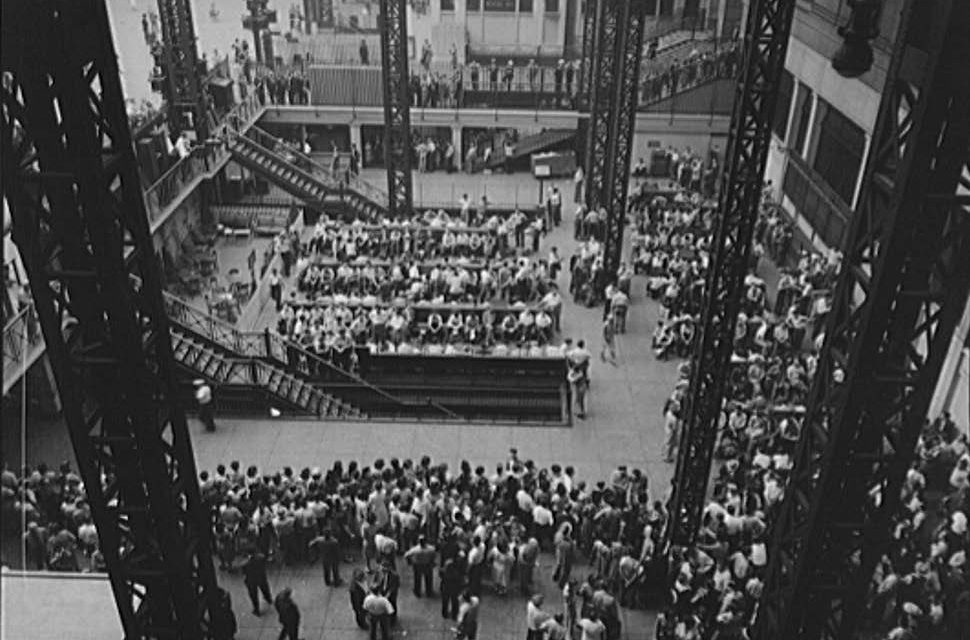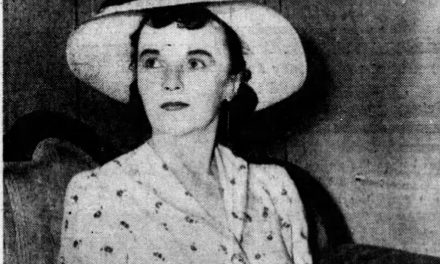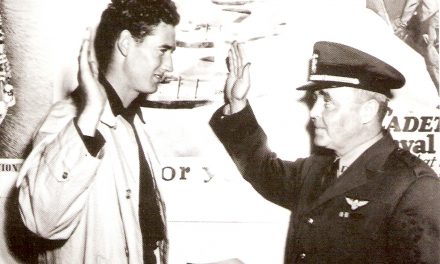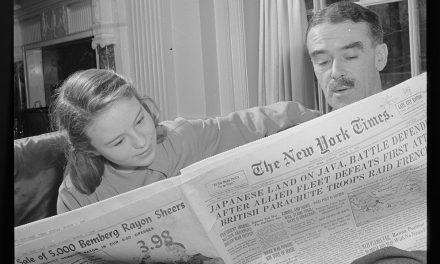All men from the ages of 18 to 64 years will now be eligible for the draft, according to a decision made by congressional committees on December 16, now including men with families who might have previously been exempt because of old age or boys fresh out of school.
The edits to the registration requirements in the Selective Service Act include the legislation that would give the President Roosevelt full, almost unlimited powers to regulate wartime efforts on the home front, including the powers to censor communications and trade with foreign countries and to reorganize the functions of government departments.
However, the bills created by the House Committee for Military Service and the Senate Military Affairs Committee differed on the ages of when the men should be subject to military service.
The House Committee for Military Service deemed that men should see military service at age 21, while the Senate Military Affairs Committee thought that the age for military service should be 19.
Both committees would like to the cap the age of military service at 44 years of age, as per suggestion from the War Department. This comes in contrast to the age bracket for military service at present, 21-28 years of age.
President Franklin D. Roosevelt sided with the Senate Military Affairs Committee on the matter.
“I approve the proposed Congressional declaration of policy, the provision for the registration of all our man power between 18 and 64, inclusive, and the extension of liability for military service so as to include all the age groups from 19 to 44, inclusive,” President Roosevelt said in a letter to the Vice President and the Senate leaders.
President Roosevelt’s letter, a response to the U.S.’s severe need for military expansion, provided the basis for Congress’s rushed bill.
While Roosevelt has vouched for the younger age requirement, the House of Committee for Military Service has refused to accept the 19-year-old age limit. The debate on the matter began in the Senate on December 18.
Senator Sheridan Downey of California was particularly vocal about attacking the bill to lower the military registration age from 21 to 19, while Senator Robert Rice Reynolds, chairman of the Military Affairs Committee, spoke out in its defense.
“It would serve notice on the people that every single man within the length and breadth of this land was called up to serve now, during these blackouts, in the defense of his country and bring about victory which the people are demanding,” Reynolds said.
On the other hand, Downey said that the U.S. Army did not currently have the equipment or officers to train all of the one million people who would suddenly become eligible for military service under this law.
The last time this was done was in 1917, when President Woodrow Wilson was given the power to control trade with and properties owned by foreign countries and to enforce censorship, among other things.
General Lewis B. Hershey, Selective Service Administrator, recommended that the men who will become eligible for the draft under the new bill should not fully register until the end of July. The last of the men currently eligible will not be called upon until April or June of 1942, and it will take a long time to register all of the newly eligible men and to create machinery to accommodate all of them, according to Hershey.
Hershey said the Army will be reexamining all of the men previously exempted from the draft for medical reasons.
Sources:
“1917 Powers Voted.” New York Times. December 17, 1941, pg. 1, 7.
Dorris, H. N. “18-64 Age Listing for Draft Rushed.” New York Times. December 16, 1941, pg. 1, 31.
Dorris, H. N. “Draft at 19 Barred.” New York Times. December 18, 1941, pg. 1, 4.





